The British modified the Landscape
The earliest settlement in Hong Kong was identified as “Victoria City” on Hong Kong Island, which covered the Central and Western District today, from which we can find the largest number of SWTs. As the island has very limited flat land for city construction, “Victoria City” expanded towards the steep mountains of the island apart from land reclamation. Construction of roads and flat grounds from cut and fill created many retaining walls, built out of local masonry stones with traditional craft techniques. The craftsmanship was not passed on, and there is almost no documentation on how these walls were built back in the days.
When the British arrived in Hong Kong in 1842, this place was a bare rock due to previous deforestation. From the 1850s onwards, the British introduced a tree planting program with 2 main approaches – hillside planting and street tree planting. While many exotic species were introduced, in particular from Australia, for the re-afforestation on the hillside, Chinese Banyan became the “favorite” street tree species because of its excellent shade, quick growth and high resilience to damage.
英殖時間改造的景觀
「維多利亞城」被認定是香港島上最早的定居點,範圍覆蓋今天的「中西區」,當中可以找到為數最多的石牆樹。 由於港島「山多平地少」,能夠作城市建設的用地非常有限,因此「維多利亞城」當時除了以填海造地地外,還向港島的陡峭山脈擴展——通過興建擋土牆,平整道路和平坦地面。這些擋土牆的特色是利用本地石材,以中國傳統方式砌成,但工藝已經失傳,並且幾乎沒有相關的建造文件記載。
當英國人在1842年到達香港時,由於先前的樹林砍伐,香港基本上是一塊「裸石」。從1850年代開始,英國人開始實施植林計劃,主要採取兩種方法——山坡種植和街頭植樹。他們引入了許多外來樹種,特別是從澳洲引進,以便在山坡上重新造林;而榕樹因其良好遮蔭、快速生長力和高抗災能力,成為最受歡迎的「街頭樹種」。
The Strangler and the Survivor
The strangler habit of Banyan is the key to the presence of SWTs. In nature, the seeds of Banyan are dropped on the crotches of host trees, usually by birds or bats. Seedlings will send down aerial roots to the soil, develop roots and quickly become lignified. When more aerial roots are developed, they will fuse together to form crisscrossing network and tighten the grip on the host tree. In urban setting, dry-packed masonry wall with large joints is the best “host”. The negatively-phototropic aerial roots immerse through the gaps between masonry, reach the soil and ground water seepage behind the wall, and begin to establish on the vertical surface.
There are a few arguments on how SWTs have survived from World War II. During Japanese Occupation, trees in the Central and Western area were chopped down massively for wood fuel. Some said the residents protected the trees from being removed, while others claimed that the Japanese kept them just because there were literally no more trees in the area. A more reasonable guess is that the SWTs had time to grow due to the lack of maintenance of the masonry walls during war time.
既是「絞殺者」,亦是「倖存者」
榕樹的絞殺習性是石牆樹存在的關鍵。在自然界中,榕樹的種子通常透過鳥類或蝙蝠,落在寄主樹上。幼苗會長出氣根直到接觸到土壤,發展出樹根並迅速木質化。當長出更多的氣根時,它們將融合並形成交叉網絡,加強對寄主樹的絞盤。在城市環境中,帶有縫隙的石砌擋土牆是最好的「寄主」。背光性的氣根穿過石塊之間的縫隙,到達牆後的土壤和滲流的地下水,並開始在垂直表面上成長。
關於石牆樹如何從第二次世界大戰中倖存下來,存在一些爭論。在日本佔領期間,中西區的樹木被大量砍伐以用作木材燃料。有些說法指,是當區居民挺身保護樹木,石牆樹才免遭移走,而另一說法是,因為該區當時已經沒有任何綠化,日本人才決定保留它們。不過,更合理的猜測是由於戰時並沒有人留意對石牆進行維護,石牆樹才會僥倖存活下來。
Managing the Walls (not the Trees)
After experiencing multiple disastrous landslides in the 1970s, the Hong Kong government established the Geotechnical Control Office, currently named Geotechnical Engineering Office (GEO) under the Civil Engineering & Development Department. To increase general slope safety, engineers carried out a series of slope stabilization and improvement works, including the upgrading of the old masonry retaining walls. These measures, such as buttering masonry wall gaps with cement mixture and constructing skin walls on top of existing retaining walls, strengthened the masonry walls, but the impacts on the growth and survival of the SWTs were not assessed at that time. 40 years later, this becomes an issue when the SWTs could hardly develop their secondary trunk for supporting their increasing mass.
The “GEO Report No. 31” produced in 1982 is one of the very first attempts, and perhaps the most comprehensive study by far to organize wall structure typologies and relate them to the growth of SWTs. Yet, until today, the exact details of masonry walls and the specific tree-wall interactions at different sites are still largely unknown.
石牆管理(樹不理)
在1970年代,經歷了多次災難性的山泥傾瀉後,香港政府成立了控制岩土工程的辦公室,即現時土木工程拓展署轄下的土力工程處。為了提高一般斜坡的安全性,工程師進行了一系列穩定和改善斜坡的工作,當中包括加固石砌擋土牆,但當時並未有評估對石牆樹生長和存活的影響。這些加固措施——例如利用水泥混合物,塗在石牆的縫隙中,並在現有擋土牆上再建造矮牆加石牆——在40年後的今天,石牆樹幾乎無法繼續依牆生根,發展新樹幹以支撐其不斷增加的質量,漸漸成為一個問題。
1982年,土力工程處發布的第31號報告是最早一份嘗試將石牆結構和石牆樹的生長聯繫起來的官方研究,亦可能是至今為止最全面的一份石牆樹研究。然而直到今天,在各類型石砌擋土牆的建造,以及樹與牆實際的物理作用,還存在不少未知數。
The Beginning of the Controversy
Various urban development in the 2000s triggered the first round of SWT preservation movements. In 2005, the redevelopment of the Hollywood Road Police Married Quarters and the proposal for the new Kennedy Town MTR Station both included taking down historical masonry walls with a total of more than 40 SWTs living on them. Luckily, both development proposals were revised later on to preserve these tree walls due to huge public opposition.
The incident happened on Bonham Road near St Stephen’s Lane during the summer of 2015 sparked public outrage. After the collapse of the oldest SWT in Hong Kong at that time, the Highways Department decided to remove 5 other SWTs on the same wall for emergency due to new wall cracks and safety concerns 3 weeks later. Local media critized the tree felling for being “sneaky” in the evening, and having no public announcement to the local community beforehand. Many residents felt very heartbroken, as their “old friends” were suddenly gone over night. Since then, almost every tree removal in Hong Kong ended up with emotional debates between tree fellers and tree huggers.
爭議的開始
2000年代,各區的發展項目引發了第一輪的石牆樹保育運動。 2005年,荷李活道警察已婚宿舍(PMQ)的重建和堅尼地城港鐵站的發展計劃都包括拆除歷史石砌擋土牆上合共40多棵石牆樹。幸運的是,由於公眾的強烈反對,兩個發展計劃都進行了修訂,以保留這些社區景觀。
2015年夏天,在般咸道近聖士提反里發生第一次「斬石牆樹」事件,引發公眾關注。當時,一棵全港最古老的石牆樹在大雨中倒塌。在事發三週後,路政署在石牆上發現新的裂縫,繼而以安全問題和緊急情況為由,決定斬去同一石牆上另外5棵健康的石牆樹。傳媒及地區人士形容這次的斬樹行動為「偷偷摸摸」,因為整個工程連夜進行,事前亦沒有知會區內人士。許多居民都感到非常憤慨,因為熟悉的“老朋友”一夜突然「被消失」。自事件以後,香港每次斬樹行動幾乎都成為樹木保育者和樹木管理者之間的激烈爭論。
Stone Wall Trees weren't grown in a day
We are at a critical moment – the lifespan of the Banyan’s primary trunk is usually around 100 years; without developing new trunks, the trees will depreciate and eventually die. Currently, SWTs are mainly judged according to the guidelines for “Tree Risk Assessment”, through which arborists examine the physical conditions and risks of trees to public safety. Safety is very important, but what about the cultural signifance and ecological benefits of the trees? Can we also begin to plan for SWTs and our future landscape, not only for the next couple years, but the next decade or even century? – we need to act now.
石牆樹不是一天造成的
我們正處於關鍵時刻——榕樹主樹幹的壽命通常約為100年,如果它們不發展新的樹幹,樹木將會漸漸衰老死亡。 目前,石牆樹主要根據「樹木風險評估」指引進行判斷,樹木專家通過指引,檢查樹木的健康情況和對公共安全的風險。樹木安全固然非常重要,但是樹木的文化意義、生態效益,又可以如何衡量?我們是否可以放遠眼光,展望石牆樹的未來十年、甚至下個世紀的前景規劃?我們需要立即採取行動。






